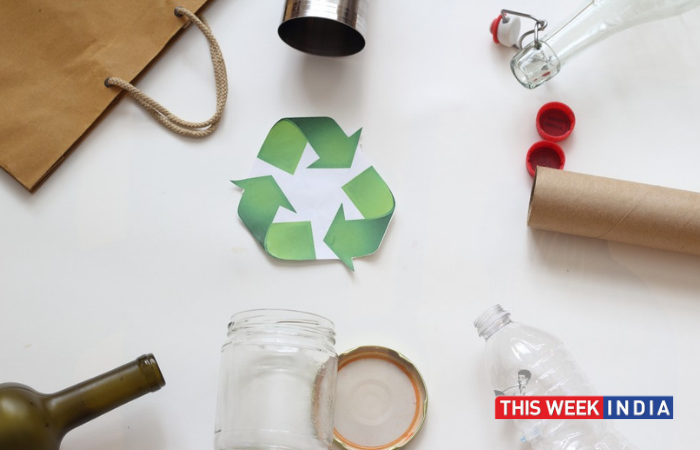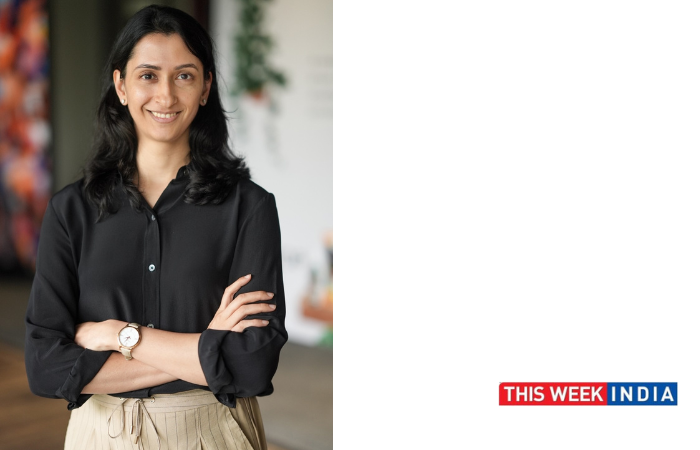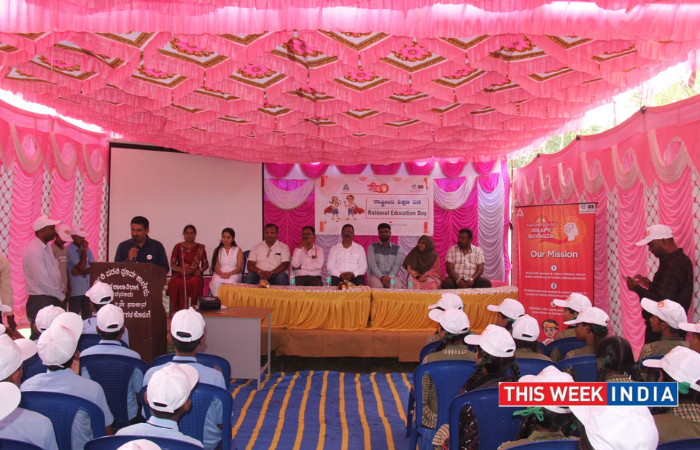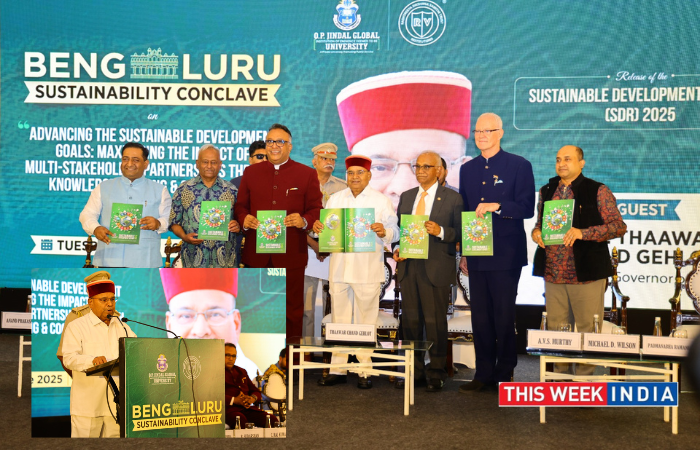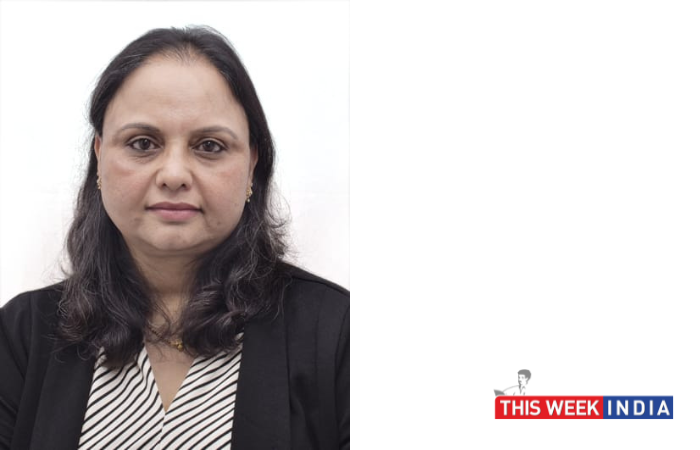While the circular economy is gaining importance and more efficient recycling technologies are being developed, there has been a lack of methods to optimize the use of recycled materials in terms of aesthetics and function. That’s why materials manufacturer Covestro is joining forces with the Colour & Imaging Institute, Art & Science Research Center at the renowned Tsinghua University in Beijing to develop a study on sustainable materials from the perspective of color, material and finish (CMF). The two partners made the announcement at the start of the Design Shanghai 2021 exhibition, June 3-6.
The goal of the research project is to jointly develop solutions for an aesthetic, design-based identity of recycled materials. The empirical project is based on research findings, designs and experiments. It aims to integrate aesthetic CMF design into Covestro’s more sustainable polycarbonate material portfolio and promote a design approach that brings together aesthetic and circular design.
Combining circularity with aesthetic design
“While the environmental benefits and technical performance of recycled plastics have been widely researched, additional research is needed on the sensory properties of these materials and how people experience and appreciate them from an emotional and sustainability perspective,” says Dr. Christopher Stillings, Vice President and Global Head of Color & Design (CMF) in Covestro’s Polycarbonates segment. “These insights would help us learn how to differentiate these materials from a CMF perspective. They would also contribute to the business success and adoption of recycled plastics. To achieve a full circular economy, we need to synergize circular design and aesthetic design. That means innovating in materials, services and business models.”
“The industry must not only consider the technical and environmental performance of recycled materials, but also make sure they evoke an emotional response from consumers when it comes to sustainability,” says Roy Cheung, Head of Sustainability Solutions in Covestro’s Polycarbonates segment. “At Covestro, we take a holistic approach to our sustainability offerings by finding the right balance between aesthetics, functionalities and environmental footprint of sustainable material solutions.”
Asian approach with potential for other regions
Under the multi-phase project, Tsinghua’s Colour & Imaging Institute of the Art & Science Research Center will use consumer surveys, expert interviews, Big Data mining and design industry research to explore design paths and inspirations for the CMF design of Covestro’s recycled polycarbonate plastics.
“It is a stringent, science-based and consumer-centric design process that aims to provide visual and tactile impressions to consumers and tell stories about sustainability with aesthetic design,” says Song Wenwen, Deputy Director and Executive Director of the Colour & Imaging Institute at the Art & Science Research Center. “In China, we want to achieve results that meet the need of consumers around the world for more sustainable materials.” The goal of the collaboration, she said, is to promote an Asia-Pacific-based approach that combines circular and aesthetic design and can be applied in other regions.
Covestro is a pioneer in meeting environmental and sustainability goals, not only for itself but also for the value chain. The company recently teamed up with consultancy REnato lab to publish the “Circular Design Guidebook”, a guide to help designers and developers in the electrical, electronics and appliance industries make their next-generation products more circular.

